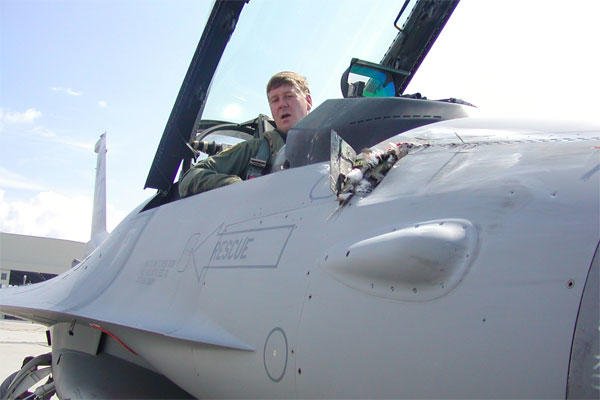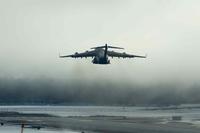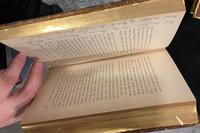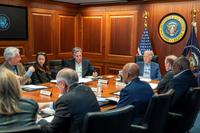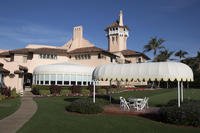U.S. AIR FORCE ACADEMY, Colo. -- A group of U.S. Air Force Academy cadets is working to put a dent in bird strikes that are directly linked to the deaths of 250 people in 25 years and the cause of more than $700 million in damage to military-owned aircraft annually.
"The impetus behind this capstone course is the devastating cost of damage to aircraft from bird strikes," said Cadet 1st Class Dan Gieck, who is majoring in systems engineering management.
Specifically, the group of nine cadets is testing to see if aircraft noise, Canada geese distress calls and flashing landing lights will scare away a type of wild goose that can weigh as much as 18 pounds, effectively turning into a feathery cannonball when struck by an aircraft. The working name of the cadet's system is the "Airborne Bird Strike Countermeasure."
"A bird strike is when an aircraft and any type of avian species collide," said Capt. Jeffrey Newcamp, the capstone director . "It can cause aircraft structural damage; you can have a bird ingested into an engine; or it can be just a glancing blow. Bird strikes can end in an incident in which case you can land your aircraft, or in an accident in which case there could be major damage or loss of life."
In particular, Canada geese pose a huge problem for pilots. Anyone questioning this need only recall the story of Academy graduate and now-retired U.S. Airways Capt. Chesley "Sully" Sullenberger, III., Newcamp said.
Sullenberger was piloting an Airbus 320 passenger jet from New York's LaGuardia Airport Jan. 15, 2009, when his plane struck a large flock of Canada geese shortly after takeoff.
"He hit a flock of Canada geese and the bird strike dropped both engines off line," Newcamp said.
Sullenberger landed his Airbus in the Hudson River after realizing it would be impossible to land at another airport and saved the lives of all passengers aboard.
The Sullenberger saga serves as the cadets' case study and the inspiration for the project, Newcamp said.
The test is part of a two-semester capstone design course scheduled to run through April, sponsored by the Massachusetts Institute of Technology Lincoln Laboratory. The testing will take place in two locations on the Academy and in Monument, Colo.
"We hypothesize that the combination of the flashing light and distress call will cause the geese to alter their flight path, thus preventing bird strikes," he said.
Using the results from the testing, the cadets' system may be implemented on an aircraft in the future to decrease the number of bird strike-related accidents, Gieck said.
"We finish testing at the end of this semester, publish a report and take the report to the Bird Strike Committee USA annual conference in Milwaukee in August," Newcamp said.
The cadets hope to partner with the Federal Aviation Administration in 2014, when they plan to fix their system to a light aircraft for further testing.
"They know how many of their classmates have gone off to pilot training," Newcamp said. "They are working on a project that directly impacts the safety of themselves and the people they know."
